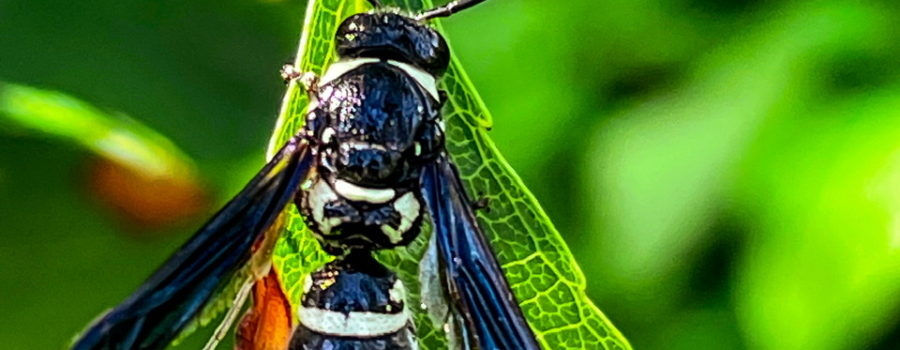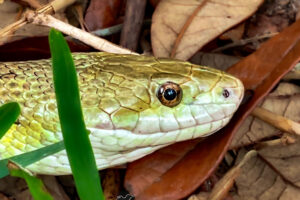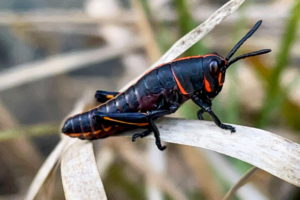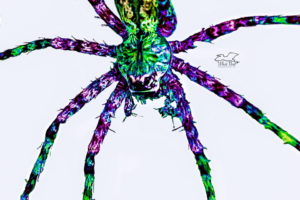Pseudodynerus quadrisectus is a Beautiful, Nonaggressive Wasp

Last weekend, on my way home from an outing, I stopped to take some pictures of some of the wildflowers that are blooming like crazy right now in central Florida. There are several different types and I found a really nice section of country road where a bunch of them were all together. This particular patch of flowers was also very active with pollinators, so I got a bonus, photos of flowers and insects! Among the several different types of pollinators working that bunch of flowers were several Pseudodynerus quadrisectus (unfortunately they don’t have a nice, easily pronounced common name!). These wasps really stood out to me because of their sleek, shiny bodies and stark black and white coloration.

These wasps can be found in the eastern United States from New Jersey south through Florida and west into eastern Kansas and Texas. There is also a similar looking subspecies (aztecus) that lives in Mexico and into Central America. These wasps are characterized by their solitary nature (they don’t form big “nests”) and the fact that they build what nests that they do make from mud (masonry). They are closely related to the potter wasps, which also build out of mud, but their nests are more elaborate and often resemble pottery. Solitary wasps have different breeding behaviors from social wasps and bees. In solitary wasps, all males and females are fertile and will breed, whereas social wasps have a single breeding female, a queen, who usually breeds with only one male and stores sperm to be used as needed. All other individuals in a social nest are sterile and basically work for a living either caring for the larvae or foraging for food and supplies.

All mason wasps, including Pseudodynerus quadrisectus, build their nests in cracks, crevices, and holes in wood. It’s not uncommon for them to take over old beetle nests or holes that carpenter bees have bored. Pseudodynerus quadrisectus seems to prefer holes, and they build a very rudimentary nest with up to eight cells. An insect, usually a beetle or a caterpillar, is placed in each cell to feed the larvae after they hatch. Once the larvae mature and begin to fly they feed mainly on insects, but they also love pollen. These wasps are especially fond of caterpillars, making them very beneficial to keep around in your garden. Besides eating plant destroying caterpillars they will also eat beetles and aphids. Some agriculturists actually buy and rear larvae for release into their fields. As well as eating many of the insects that are hard on plants, mason wasps also eat pollen, and in their flight from flower to flower helps to spread the pollen that collects on their bodies and legs. Being nonaggressive (one landed on my hand while I was taking photos. It crawled around for a moment and then went on it’s way) and not building ground nests also makes these guys desirable, so if you come across them in the garden, leave them alone and be grateful. Your plants will be healthier thanks to these beautiful insects!





Recent Comments